I am doing a double pulse test on SiC MOSFETs from 100-800 V and current from 20-80 A. The schematic is shown below (the values are not correct though):
In my first round of tests, I was getting a rather oscillatory switch current for the lower switch (measured with a Rogowski coil of 30 MHz bandwidth):
When I replaced the inductor in circuit to an option with lower parasitic capacitance (had more distance between winding turns), the switch current curve improved considerably:
This made me believe that a part of those oscillations were because of parasitic capacitance of the inductor.
To confirm this, I wanted to check the inductor current difference in both the situations, so I probed with another Rogowski coil at the inductor with each inducor but IL wasn't really oscillatory and there was no difference in IL with either of the inductor. I repeated this with a current probe (50 MHz) but still no difference. The figure with load current is not attached. Is this a bandwidth issue? My rise and fall times are ~50 ns.



